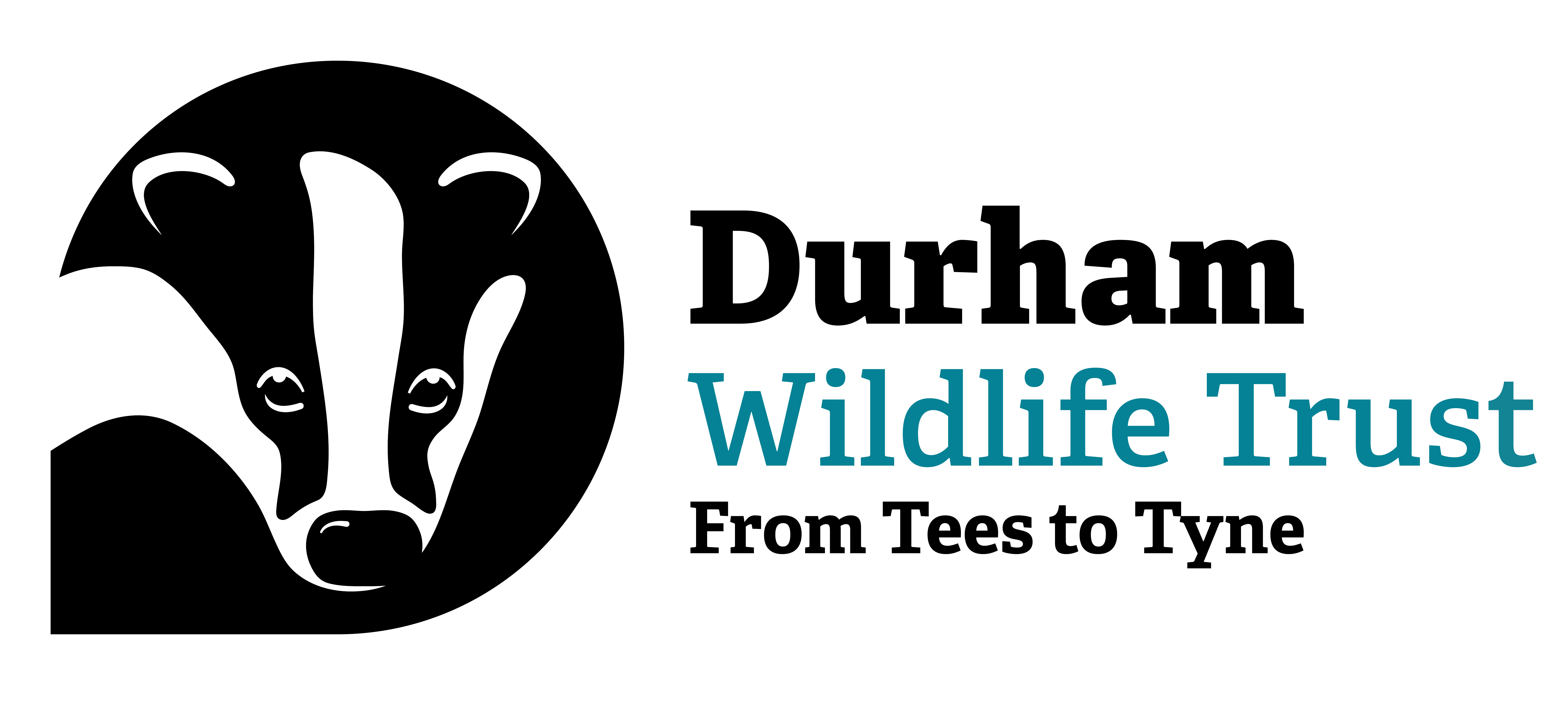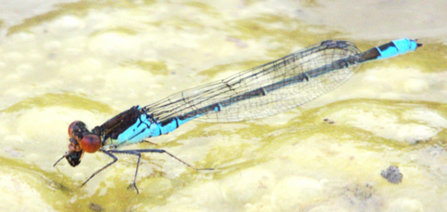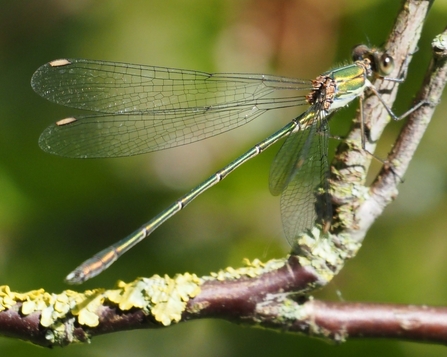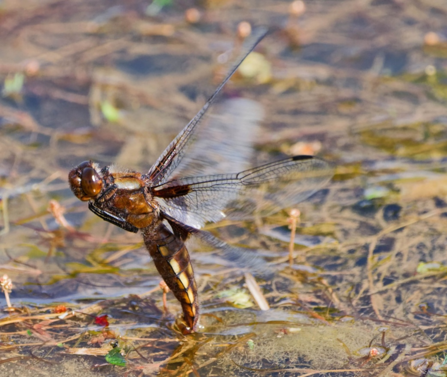Each year, Durham Wildlife Trust volunteers join dragonfly enthusiasts across the North East to submit sightings that help build the annual report of species. Written by County Recorder and former Durham Wildlife Trust trustee, Michael Coates, the report not only highlights the wide variety of species seen in our region but also tracks their growth or decline.
In 2024, the biggest surprise was that small red-eyed damselflies, which normally breed further south, migrated from Brasside Pond near Durham, where they had first appeared in 2022, and were spotted at 15 sites in the Durham Wildlife Trust region and further north. This rapid spread through and beyond the region's borders is unprecedented. What was particularly delightful is that one of the sites they decided to land and breed on was a new pond at the rear of Rainton Meadows Nature Reserve. The pond was so new it only had a small amount of vegetation, in the form of some floating weed. Fortunately, that’s what small red-eyed damselflies love, and it enabled wildlife watchers to get within a few feet of these new visitors and like Michael, take a photo with their phone.



